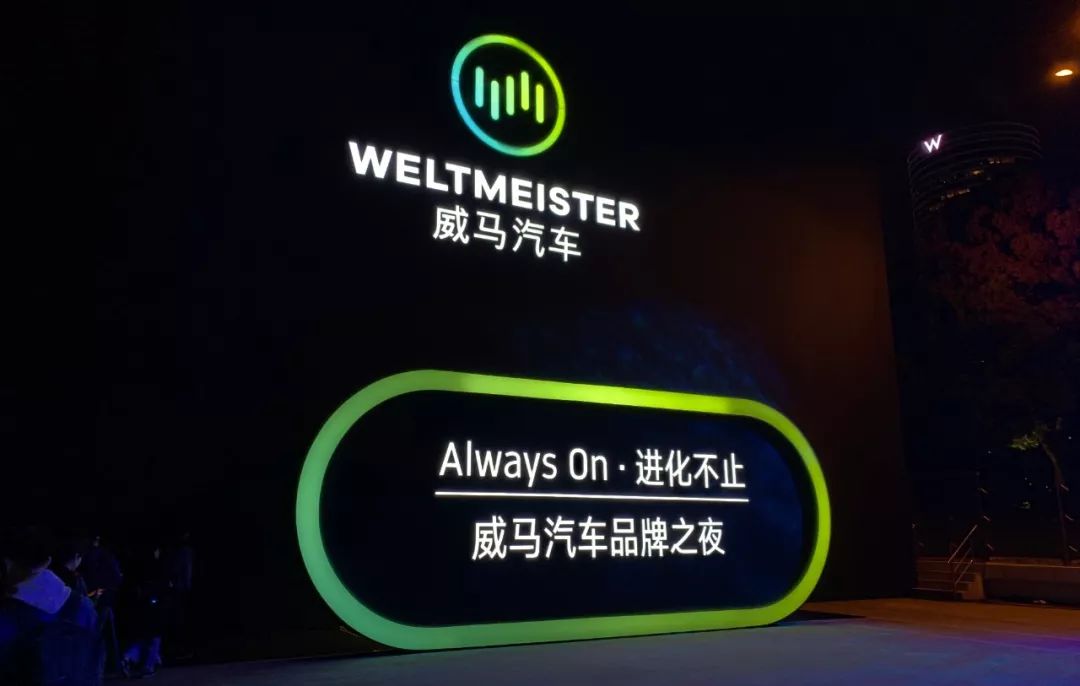The first wave of new forces in the automobile industry has welcomed the second year of product debut. On the Brand Night in 2017, WM Motor released its brand strategy and automobile concept and officially launched its first model, the EX5. More than a year later, on April 12th, WM Motor held its second Brand Night in Shanghai, introducing a slightly upgraded version of the intelligent driving system, the 2.0 version of the WM EX5. The difference this time is that there were more than 200 WM EX5 owners on the scene.
Winter is coming
During the Brand Night, the founder of WM Motor, Shen Hui, said: “Winter is coming. Either stand out or drop out.”
2018 is recognized as a winter year for traditional automobile industry. On the one hand, the purchasing power of consumers has declined, and on the other hand, more and more people have begun to choose new energy vehicles, leading to negative growth in overall sales.
In 2018, a large number of new car makers emerged, among which WM Motor and NIO were the first to bring cars to users. There was news that a day before the release of the new version of the WM EX5, the sales of the first quarter of 2019 for the WM EX5 exceeded that of the NIO ES8, becoming the new force of the car brand with the highest sales volume in Q1 of 2019. It is not easy for a new brand to bring cars to users, and it is a milestone worthy of pride.
However, the challenges have not yet ended. In the six months following the birth of the WM EX5, WM Motor has experienced capacity, delivery, and product quality issues. There will be even greater challenges waiting for WM Motor in the future, because for the brand that has gradually grown up, it is unlikely to rely on too much financing to sustain the team. It needs to rely on profitable products to support itself.
Before we discuss the products, I want to mention the current policy environment. On March 26th, 2019, the new energy vehicle subsidy program has been officially released, with higher subsidy thresholds and significant reduction. The impact on the WM EX5, a product priced between 100,000 and 200,000 yuan, with its cost-effectiveness, cannot be ignored. After all, a difference of 3,000 to 5,000 yuan in basic product price will directly affect consumer choices. Therefore, WM Motor will face tremendous pressure for survival in 2019.
Can Three Living Lead WM Motor to Victory?
Living Motion: Living Motion is essentially WM’s three-electric system. The motor uses BorgWarner’s integrated motor and reducer, the electrical control (IGBT) comes from Infineon, and the battery cell comes from CATL. WM’s goal is to achieve a WLTP range of more than 600 km by 2021. According to the current development speed, achieving a WLTP of 600 km by 2021 is a good level, but there is still some distance to the top.
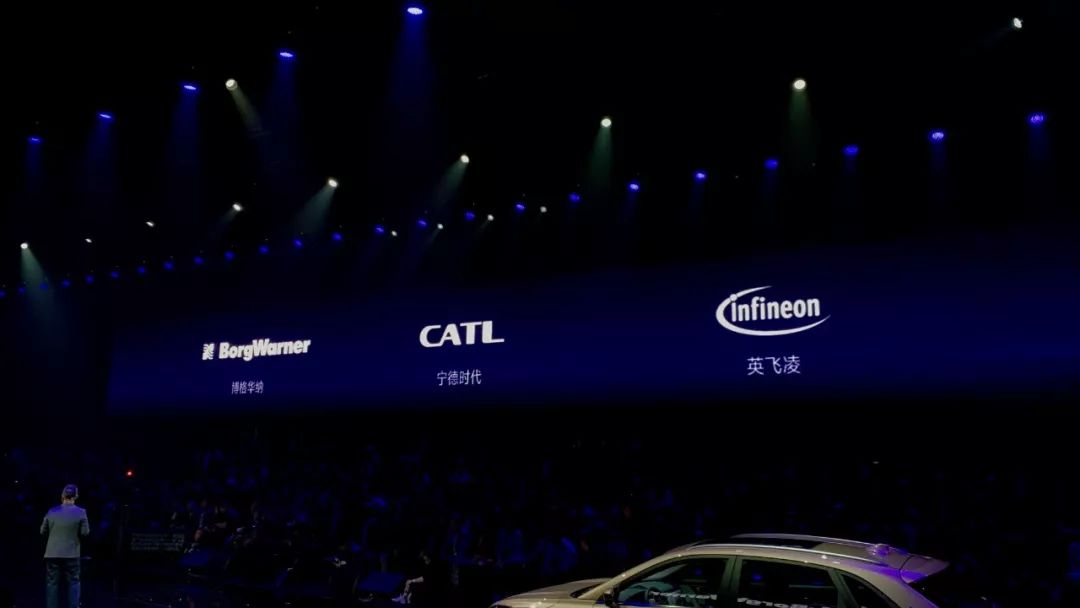

Why does it use WLTP testing standards? WM stated at the press conference that because the range under the NEDC working condition is still not enough to be referential in actual driving environments, WM decided that future models will no longer use range standards based on steady speed or NEDC, and instead adopt stricter WLTP standards. Compared with some manufacturers who are still insisting on promoting steady speed range, WM has taken a big step forward in this regard, which is worthy of praise, and I am also looking forward to its actual performance.
Living Pilot: The current EX5 comes standard with Living Pilot’s intelligent driving assistant system, which achieves L2 level driving assistance through a front-facing high-definition camera, three millimeter-wave radars, four panoramic cameras, and twelve ultrasonic radar sensors.
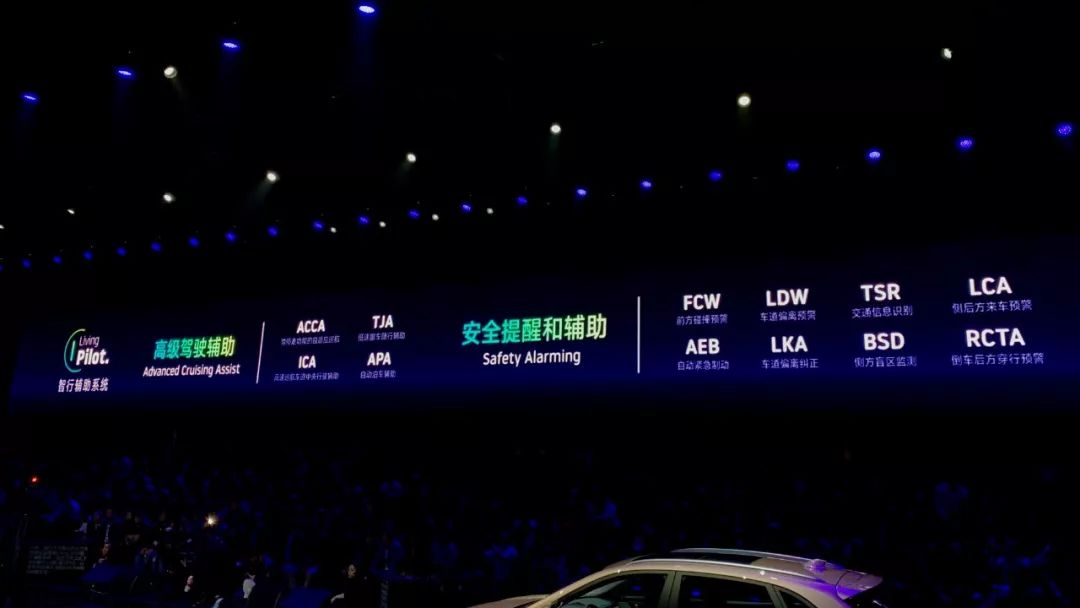
According to WM, the driving assistance system mounted on the EX5 was jointly developed by WM and Bosch and has undergone 10 hours of 8 million kilometers of road tests. The tested routes include the overpass at Beijing West Railway Station and the complicated roads of mountainous Chongqing. It can achieve automatic following, assisted steering, automatic emergency braking, etc. within the speed range of 0-130 km/h.Last month, we briefly experienced WM’s advanced driving assistance system in Mianyang, Sichuan. The most intuitive impression left on me is that this is an ADAS system suitable for use on elevated roads, ring roads, or closed roads and can reduce driver fatigue to some extent.
The automatic following function is good, but the assisted steering function has higher requirements for the lane markings. If the lane markings are slightly unclear, the assisted steering will exit directly and re-enter when the lane markings are clearer. For more details, please read our previous experience article Finally, waiting for you, WM EX5 Living Pilot dynamic experience.
As for the future, WM is currently cooperating with Baidu to develop more advanced ADAS, aiming to produce L3 level ADAS in 2021.
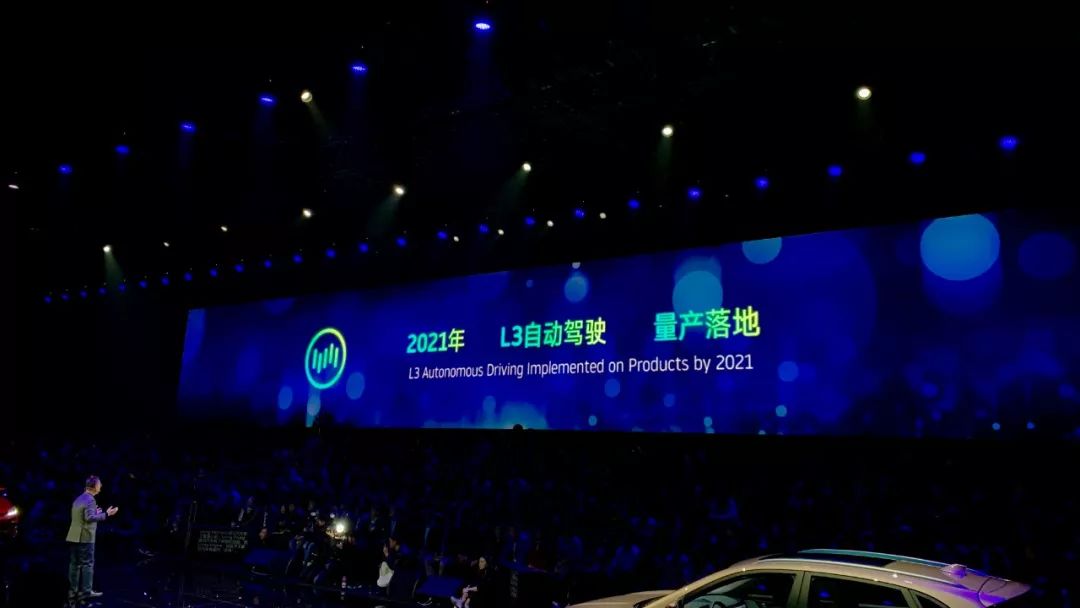
Living Engine: The remaining Living Engine is WM’s intelligent interaction system and a core competitiveness of intelligent electric vehicles. The central control interaction system of the Ideal ONE, which was recently opened for static experience, received great reviews. The 1.0 version of Living Engine on the WM EX5 performed poorly, but version 2.0 made significant upgrades in voice assistants and system functionality.
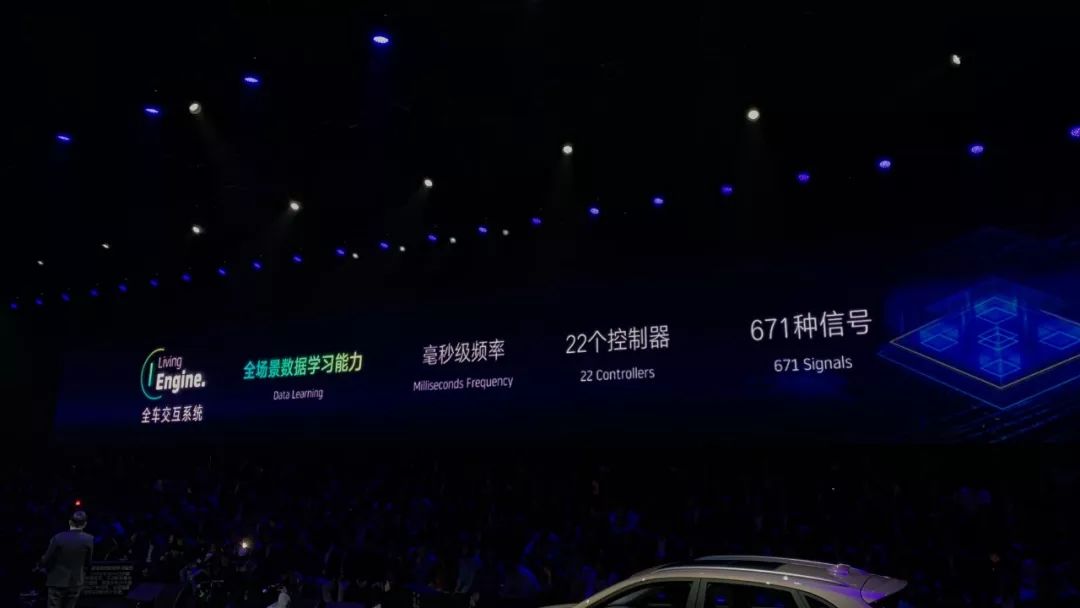
At the brand night, WM’s CTO Yan Feng revealed that WM car owners issued 168.7 voice commands to Xiao Wei, covering most voice scenarios. After the upgrade, Xiao Wei had the ability to learn and understand semantics, achieving “I don’t understand today, but I will know tomorrow”. In addition, the Living Engine 2.0 system will also integrate data from Meituan, Baidu, and other daily life activities to achieve a more life-like interactive experience.# Weima plans to build a forward-looking intelligent cockpit based on L3 level assisted driving in 2020.

After viewing the three goals, let’s take a look at the practical aspects.
Weima EX5 Smart 2.0 version
During the brand night event, Weima released the intelligent driving 2.0 version of the Weima EX5, which is the updated model of the EX5. The biggest change is the addition of L2 level assisted driving system, and the launch of the EX5 500 model with a NEDC range of 460 km.
The modified Weima EX5 configuration version and price are as follows:
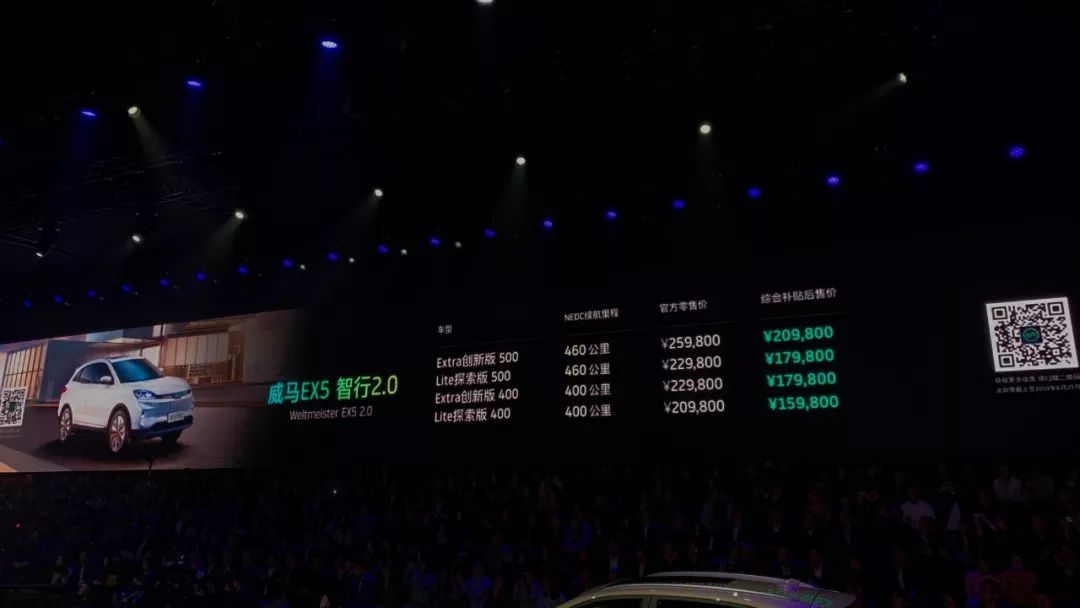
Compared to the old version, the price has risen slightly, which is actually due to the subsidy decline, but Weima is not simply raising prices, and has also made some adjustments in configuration, including the more popular 18-inch wheels, electric door handles becoming standard, and the new Living Pilot is also standard. In addition, Weima has also made some optimizations for some small problems that appeared in the old models.

At the end of the brand night event, Weima also brought the EX5 Pro, EX6 Limited, and concept car Evolve Conaept to the scene. Among them, the EX5 Pro will be officially released at the Shanghai Auto Show.
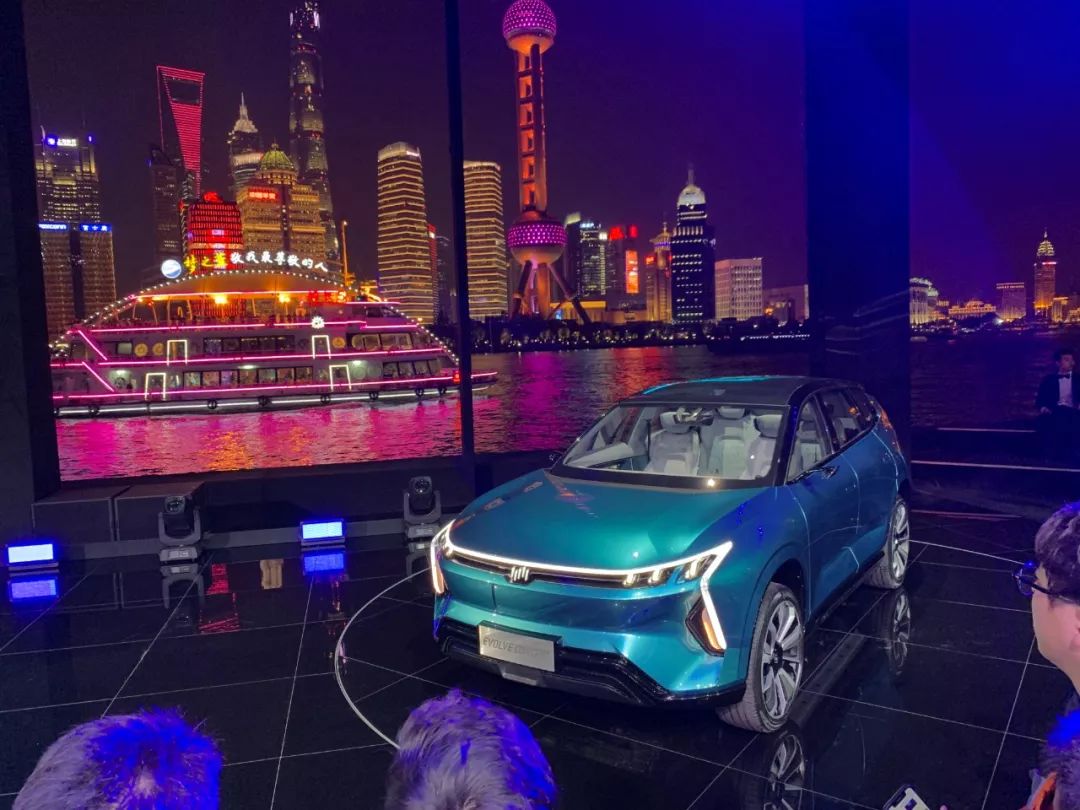
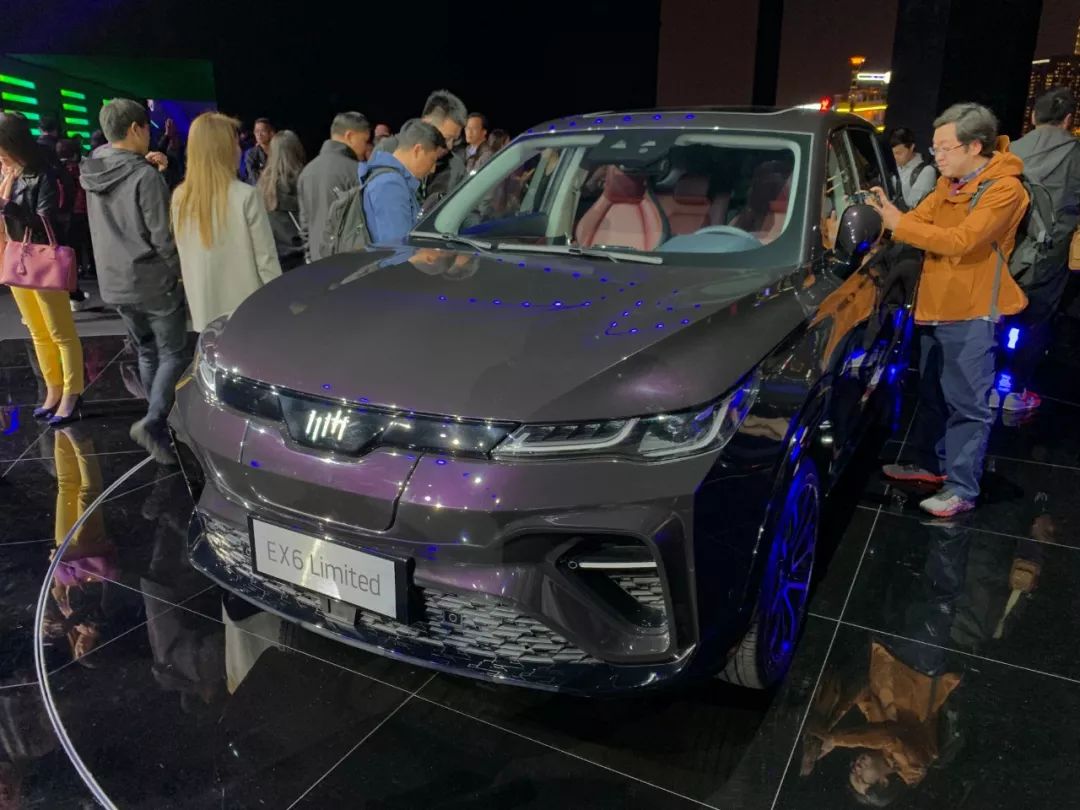
Last year, Weima set a goal to deliver 10,000 vehicles, but due to various reasons, the goal was not achieved. This year’s goal of 100,000 vehicles is even more challenging. As for the three new goals, can they be achieved on schedule?“`

- Finally You Are Here, Wey EX5 Living Pilot Dynamic Experience
- Wey’s Smart Strategy: Bigger Highlights Next Year


“`
This article is a translation by ChatGPT of a Chinese report from 42HOW. If you have any questions about it, please email bd@42how.com.
